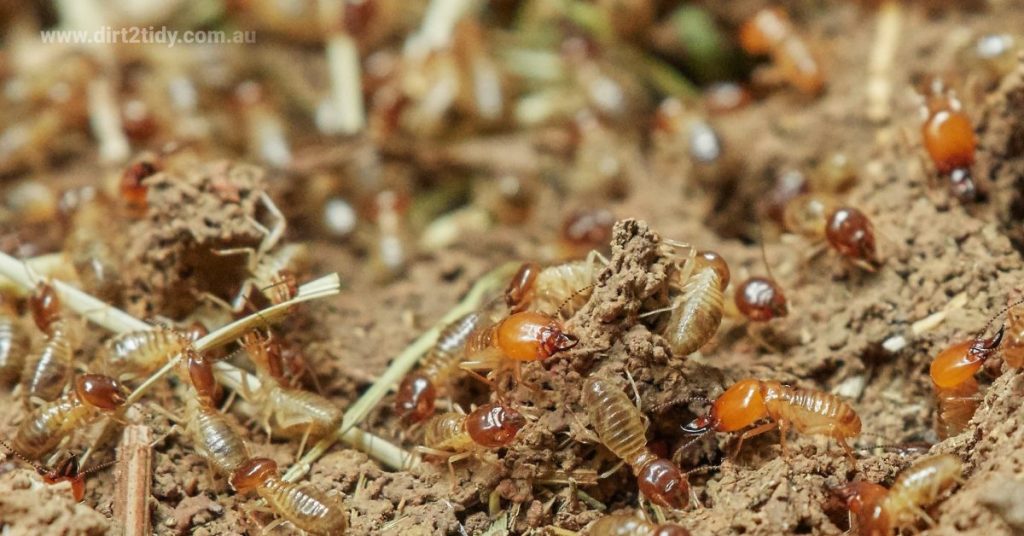Table of Contents
Insects known as termites are known to consume wood and are known to cause significant damage to homes and other structures constructed of wood. Termite treatment achieved through prevention is likely to be successful.
In the past, one method of prevention consisted of construction using wood that had been chemically treated to avoid termite problems. However, not only are the natural termites in danger from the chemicals, but so are the humans who are in the buildings where the chemicals are being used. Instead of using poison, give these non-toxic termite control options a try to kill the termites.
Maintain a Balanced Humidity for Effective, Non-Toxic Termite Control
Your contractor will be able to control termites, carpenter ants, and other wood-boring insects in a non-toxic manner if all sources of chronic moisture within and around the structure are eliminated as a part of pest management. In order to thrive, termites require environments with high moisture content.
A few types of termites will construct tunnels that will enable them to move freely between the wooden construction and the earth, which contains the termites’ supply of water. As a non-toxic remedy to the problem of termite infestation, you should get rid of the water supply.

Control of Termites using Non-Toxic Substances in the Soil and Sand
In order to effectively control termites prevention, the soil level should always be between 6 and 18 inches below any timber components. It is important that the landscaping, sprinkler systems, and grass do not create any areas near the foundation where water can pool.
Dig out the dirt and replace it with sand barriers. Due to the fact that termites are unable to tunnel through sand, sand barriers are a non-toxic, easy-to-implement, and affordable solution to the problem of termites. In addition, sand does not keep moisture, which is an essential component for termite invasion.
Controlling Termites Without the Use of Harmful Chemicals Through the Use of Slab Barriers and Metal Shields
You may also like to read: How to be sure that I don’t have termites?
Termites may infiltrate a structure through openings as narrow as 1/32 of an inch. Filling up fractures in the foundations of nearby buildings or in the floor is a non-toxic method for preventing termites from entering a property.

Professional termite inspection from pest control company contractors is able to build a treatment strategy for avoiding and managing termites, as well as know where to search for breaches in the structure where termites may be entering.
Fills made of sand or cinder might be used around pipes and other slab penetrations. Termite shields made of metal encourage termites to construct their tunnels on the shield’s outside, making it simple to identify their presence.
Alternative Termite Treatments that Do Not Contain Toxins
Boric acid that has been dissolved in water and applied to termite-infested wood as a spray or paint is a treatment that is less harmful than the majority of chemical treatments. The use of heat and cold as a treatment for termites is an alternative to the use of chemicals that are used in fumigation.

Both of these treatments are non-toxic. Other less frequent methods of getting rid of termites in a non-toxic approach include treatments that include electric shock and devices that use microwaves.
You may also like to read: What is the average cost of termite treatment?
There are termite treatments that are non-toxic, but the most effective way to deal with termites is to avoid their infestation in the first place. In order to install non-toxic termite treatments and avoid infestations, it is best to consult a termite specialist. Use neem oil or orange oil in a spray bottle around wooden structures regularly to prevent termite infestation.




